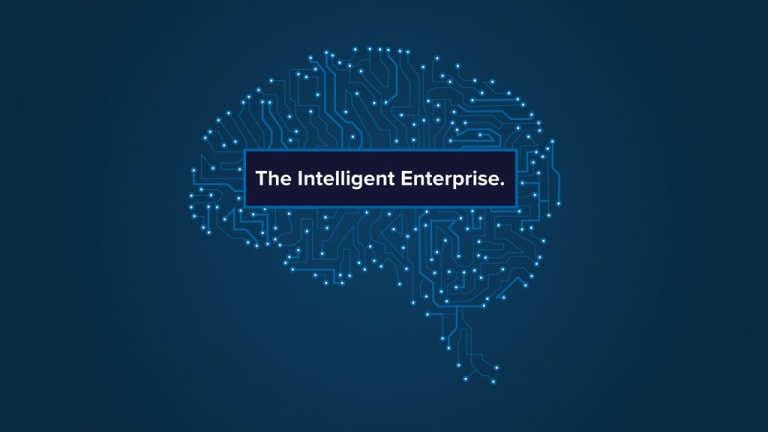
Intelligent Enterprise: Notes From This Year’s Harvard Innovation Symposium
I recently attended the 2016 Innovation Symposium hosted by the Technology and Entrepreneurship Center at Harvard University. The topic this year was The Intelligent Enterprise. Most of the case studies and panel presentations focused on how the omnipresence of mobile devices, access to on-demand computing horsepower, and the proliferation of sensors (like RFID tags and beacons) are enabling new innovations that give organizations unprecedented visibility into their operations.
There are so many practical applications for these technologies today: using RFID to automatically track inventory in manufacturing and retail; using locationing technologies to track and analyze individual movements of football players as they are happening in real-time, on the field for the NFL; even using sensors in sewers to track biological data that helps cities identify and address neighborhoods experiencing disease outbreak or increases in substance abuse. There is so much going on in this space that it is easy to forget how many of these innovations seemed unthinkable not so long ago.

Kevin Ashton, who coined the term IoT, speaking at the Harvard Symposium.
During his session on The Internet of Things: Past, Present and Future, Kevin Ashton, co-founder of the Auto-ID center at MIT, discussed how, historically, innovative ideas often seem ridiculous at first. Take the moon landing as an example. In 1900, several years before the Wright brothers succeeded in their first flight, the idea of humans landing on the moon seemed like science fiction fantasy. The idea was just ridiculous. Fast forward to July 20, 1969, when everyone with a television was glued to the set watching Neil Armstrong make his giant leap for mankind. The ridiculous had transformed into something miraculous. Now, 47 years later, the space shuttle alone has made more than 130 flights into space. How many of those launches did you watch? Probably not many. Going into space is now, as Ashton puts it, “monotonous.” What was once thought of as miraculous has become so commonplace and ubiquitous that we now take for granted.
Ridiculous. Miraculous. Ubiquitous.
Nuclear power. The human genome. Heart transplants. In-vitro fertilization. Voice recognition. Intelligent Enterprise. “One word: Plastics!” All of these ideas seemed crazy less than 100 or even 50 years ago, but we accept them today as part of our everyday lives.
So what is next? Ashton offered a few innovation predictions (paraphrased here):
- Humans will land on Mars by 2030.
- Those of us under 50 have a high likelihood of seeing children born on Mars. (Will we call them Martians?)
- In the next hundred years, we will discover life (of some kind) on other planets.
- Our grandchildren will have triple-digit lifespans.
- Self-driving cars will be a practical reality in the next 15 years. (One of the other sessions was about an MIT study going on now to design next-generation roads for self-driving cars that eliminate traffic lights!)
Predicting the future is easy. Believing it is hard. — Kevin Ashton
Among these predictions, Ashton also expects that innovation around Internet of Things technologies, those that give objects a digital voice, will expand exponentially as computers (and related devices including RFID tags and other sensors) continue to get smaller, more networked, and more energy efficient. Think 50 trillion connected devices by 2020. This is staggering … and exciting.
The technologies enabling today’s “Intelligent Enterprise” are here and practical now, but I look forward to seeing the next wave of ridiculous ideas become miraculous and then ubiquitous.
Learn more about how Strategic Systems is helping today’s businesses become Intelligent Enterprises using RFID and other locationing technologies here. If you already have an RFID application in mind, tell us about it and we can assess what technology will offer the best fit for your needs.
